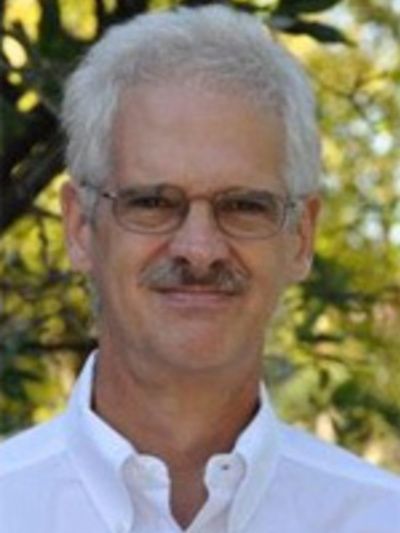John L. Brooke Remembers the Late Drew Cayton
 This week, The Republic will be publishing a series of posts containing former SHEAR presidents’ remembrances of the late Drew Cayton, the 2011 SHEAR president. John L. Brooke (President, 2007) begins our series with his memories of Drew and his short tenure at Ohio State University:
This week, The Republic will be publishing a series of posts containing former SHEAR presidents’ remembrances of the late Drew Cayton, the 2011 SHEAR president. John L. Brooke (President, 2007) begins our series with his memories of Drew and his short tenure at Ohio State University:
Drew Cayton set up shop late last summer, in the office next to mine in Dulles Hall. His time in our department was a brief but memorable flash.
Early last June, in response to a routine “hi, what are your plans” email, Drew let me know that he was not doing well. By the mid-summer, when I saw him and Mary at the new place in the Circles south of campus, it was clear that things were extremely serious. But suddenly, in early August, we got a call: Drew and Mary were on their way over for a visit on our back porch. What we expected would be a short and solemn fifteen minutes turned into a hilarious hour and half. Drew was on the mend, and the four of us had a wonderful time, chatting, laughing, and swilling lemonade on a hot Columbus afternoon.
Two weeks later he and Mary arrived and held court at the department picnic, and then, as the semester got under way, Drew started unpacking his books in 248 Dulles, slowly and deliberately, carefully thinking through the architecture of his intellectual life. We began to kibitz and conspire on field and department in a quiet way; we were starting to build the continuous, staccato pattern of departmental colleagues. Sometime in October I raced over, late, to the Executive Board meeting of the Ohio Academic History, in the cavernous concrete bunker rooms of the Ohio Historical Center. Drew was in charge, presiding quietly, in a role that we will long remember. Drew gave his time, tirelessly, to a host of institutional commitments, and the meeting that afternoon bore his signature: deliberate, cordial, encouraging, cutting through road blocks with a wry smile, a gentle wave, and a cogent plan.
By then the graduate students were flocking to his door, tentatively, shyly, at first. Then I walk by to find that he is again holding court. First it was a pair regularly meeting to discuss Midwestern historiography, then others were stopping by. Drew was not officially on the teaching roster, but by last September he was getting the urge to teach, and launched a seven-week intensive course on the new Loyalist literature, which filled instantly. He was also in regular attendance at the Ohio Seminar, commenting on great sessions with Lindsay Regale and Michael McDonnell. We had a great historian and a fine colleague among us.
Then, suddenly in late November, his office fell quiet, and all too soon he was gone. Drew Cayton was a pillar in the field of Early American History. We were honored that he would join us, and blessed by a few short months of his presence. We miss him, and we miss the opportunity for what might have been for him for the department, for the profession.
Dulles 248, full of Drew’s scholarship, sits quiet, for the moment. But the other day Mary stopped by to tell me that she wants to move in, to work in Drew’s space. She has already had her own impact on the life of the department, and we have done our own share of kibitzing and conspiring. And so the story goes on, tinged with a great loss.
John L. Brooke
Dulles Hall
History, Ohio State University

